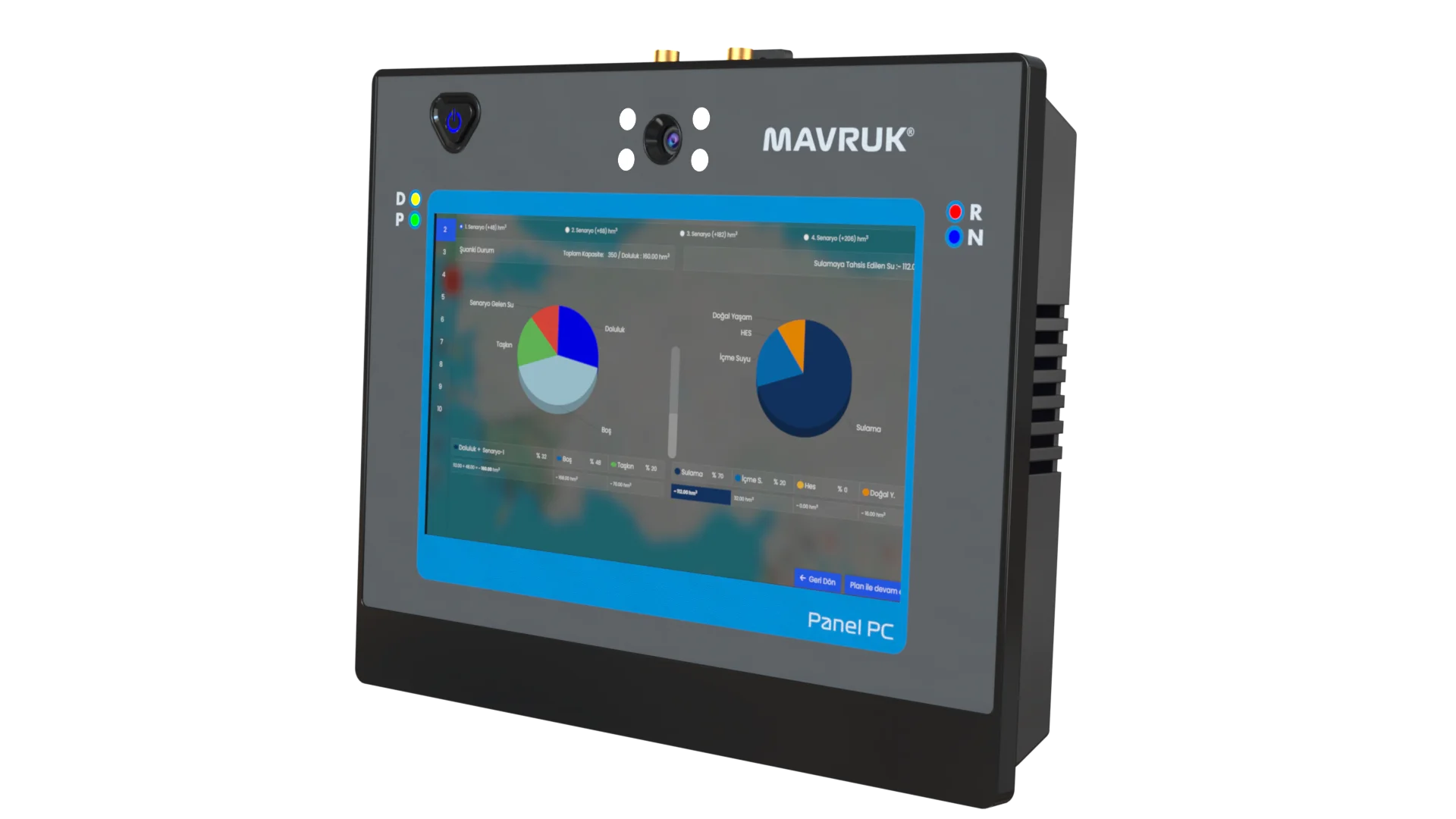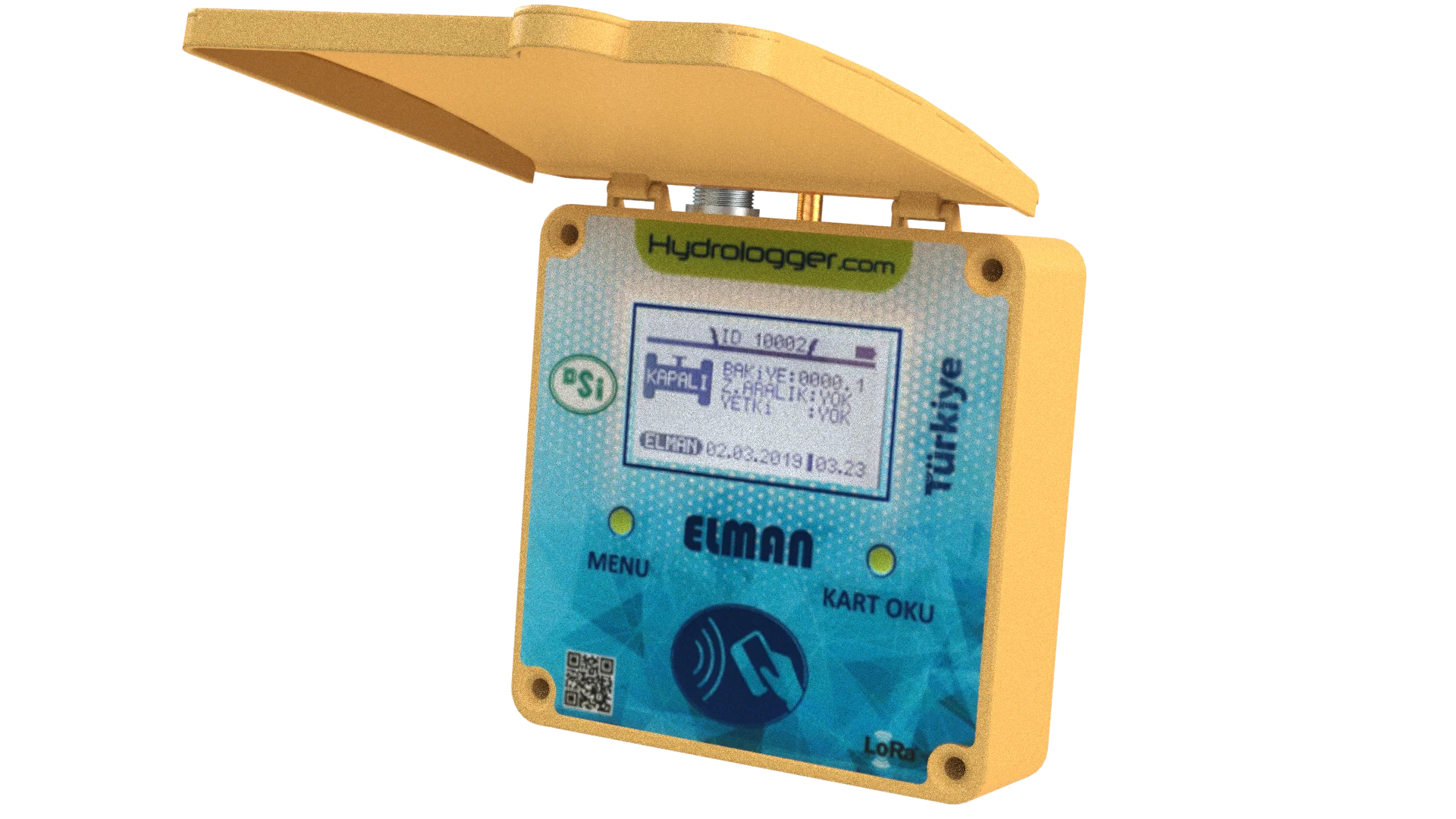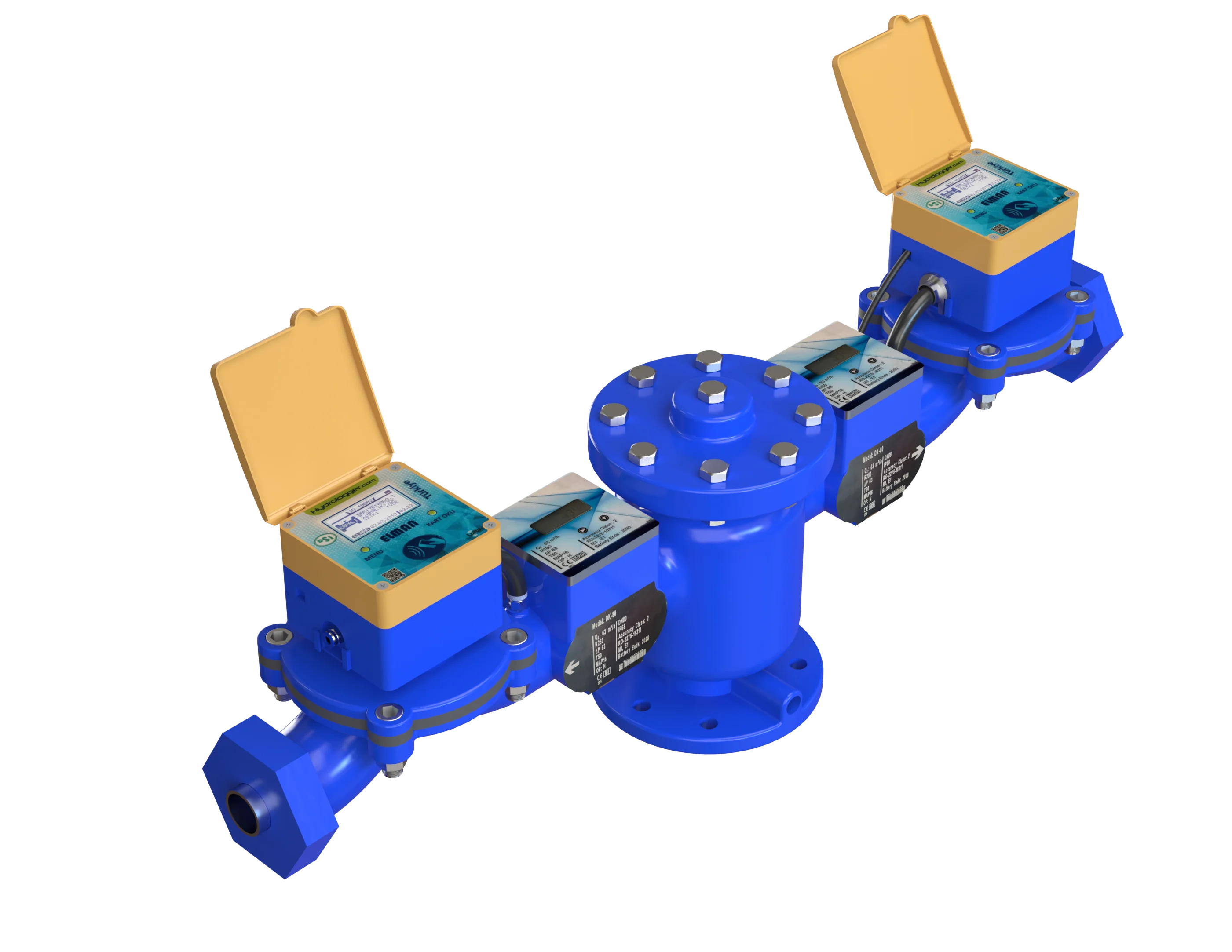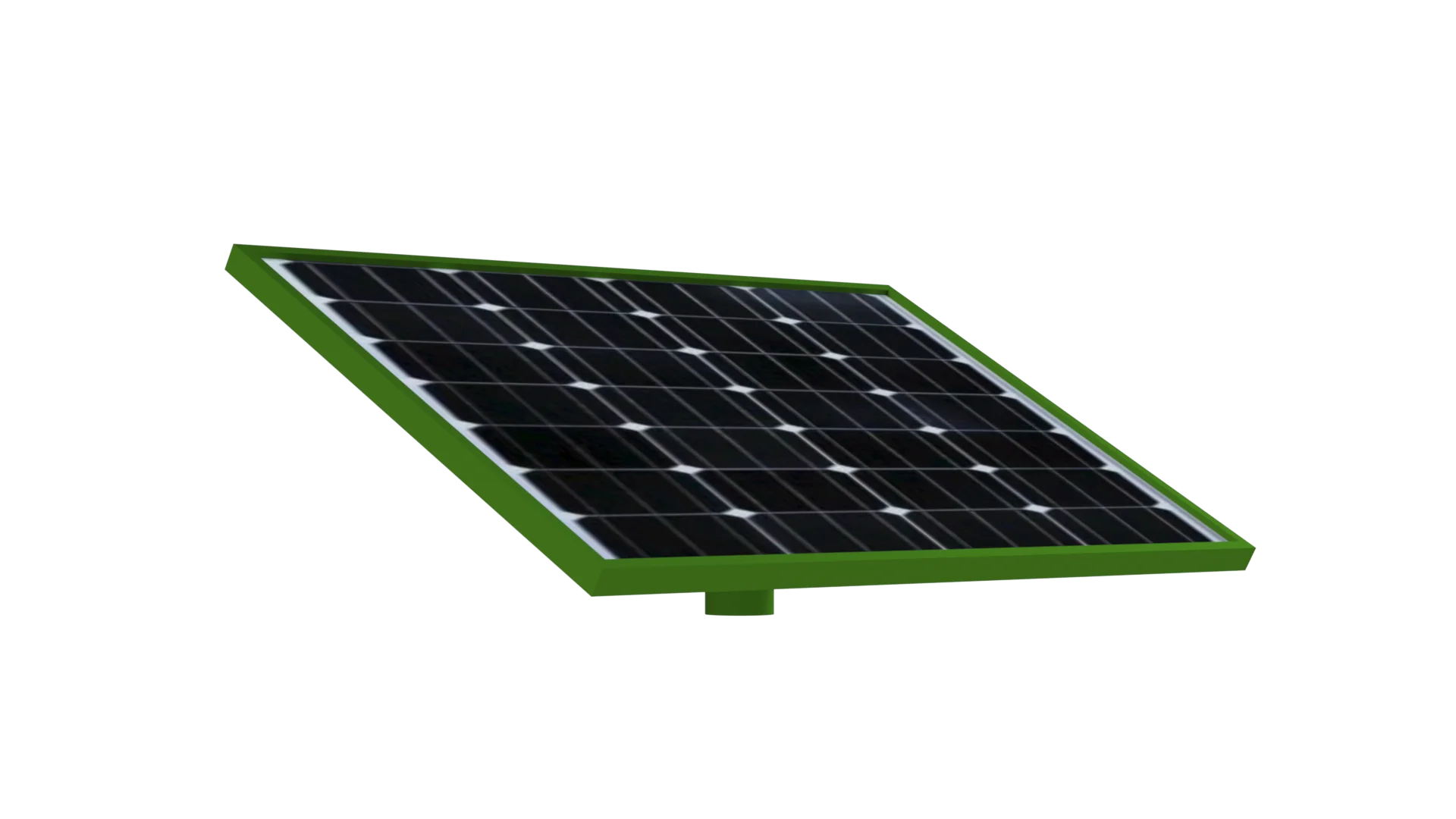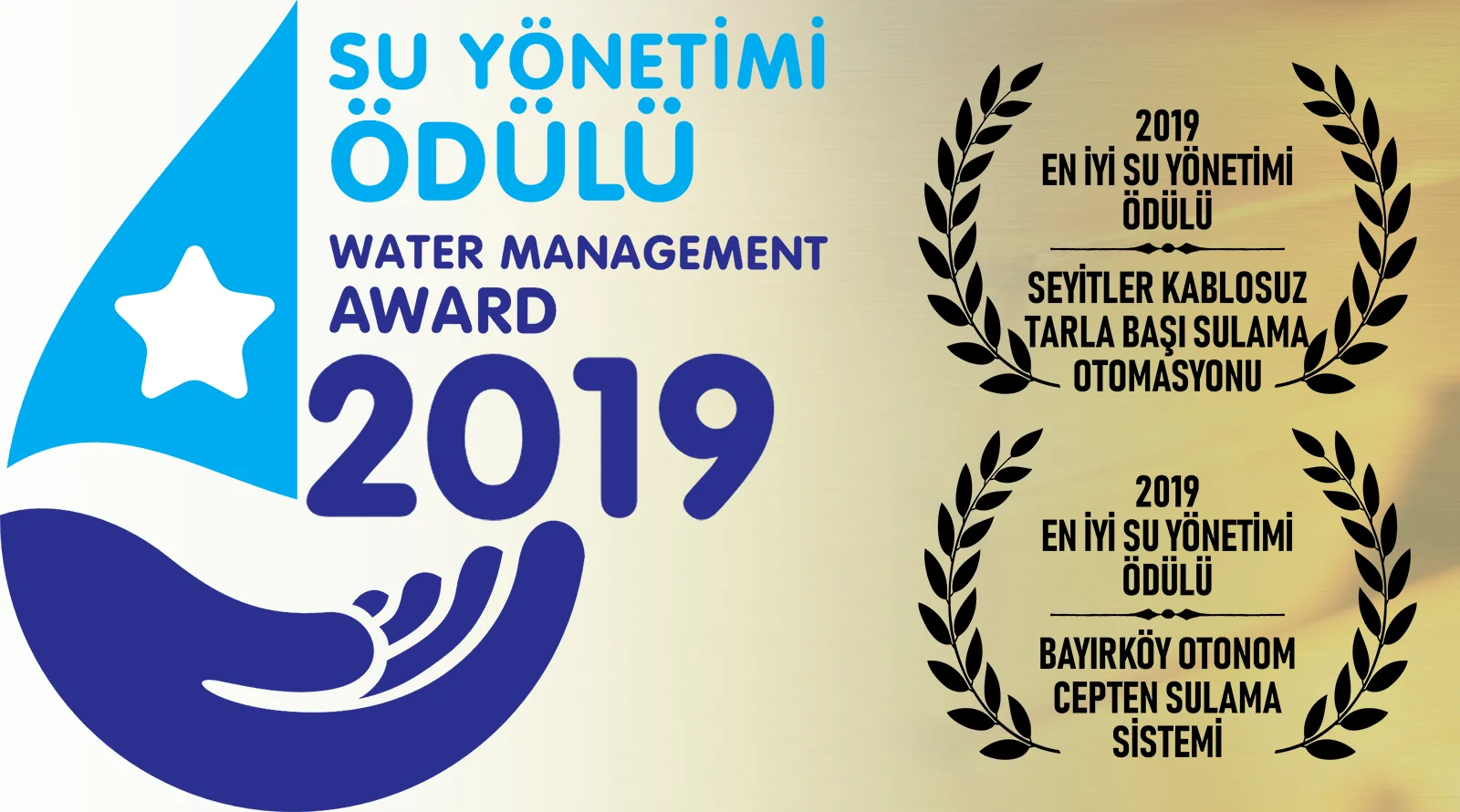Bayırköy Irrigation Automation
The project was implemented in 2016 using the innovative products of our company. It was designed to provide remote management capabilities by simultaneously applying different meter management methods within a single automation system.
This comprehensive project was planned as a testing ground to determine the most ideal system and has been successfully completed in this regard. In the Bayırköy Project, each application was successfully executed, and every type of automation that demonstrated high performance in terms of efficiency was found suitable for implementation in separate projects and budgeted accordingly.
Therefore, the project has become a turning point in the industry and has evolved into an important model guiding other successful automation projects. Due to its strategic significance and the contributions it has made to the sector, the opening ceremony was held with the participation of the then Minister of Agriculture and Forestry, Prof. Dr. Veysel Eroğlu.

Autonomous Agricultural Irrigation and Monitoring System with Central Control
This innovative system physically integrates up to 20 autonomous automatic agricultural irrigation units from a single center into the central control system via a single automation panel. Ultrasonic irrigation meters and remotely managed water cut-off and opening valves are provided for each farmer or parcel. A pressure transmitter and other sensors located on the main pipeline or hydrant outlet are connected to the central control and control panel, providing real-time monitoring and data recording. This system is based on autonomous hydraulic hydrant technology created by modifying monoblock "H type hydraulic hydrants" equipped with ultrasonic meters and control valves. Thanks to the use of modern irrigation techniques, over 50% water savings have been proven compared to traditional wild irrigation. In addition, managing agricultural irrigation systems with an online central automation system allows an additional 10%-20% water savings to be achieved by acting according to instant data and variables.
Integrated Autonomous Agricultural Irrigation and Sharing Management with (ESYS)
This system, which works integrated with the Electronic Water Management System (ESYS), is a major revolution in agricultural irrigation management. Irrigation manager institutions act according to predetermined irrigation plans or instant water reserves, and provide management in accordance with the water budgets allocated to the relevant institution, basin, area or irrigation union. This SCADA-based automation system enables software and hardware to work in a completely integrated manner. ESYS works in harmony with autonomous irrigation units and provides services to a large number of users or stakeholders. The authorization-based central management system optimizes water sharing according to variables such as date, amount, area, plant pattern, priorities and dynamic meteorological data. Fair and efficient water distribution is made to farmers based on data sets collected over many years and instant conditions. The importance of remote management systems is increasing day by day in today's conditions. When physical access to lands becomes difficult due to epidemics, bad weather conditions, rugged geographical structures and remote locations, remote control and management systems offer a critical solution. The Electronic Water Management System responds to this need by taking into account the strategic importance of drinking water resources and ensuring the timely irrigation of inaccessible lands in extraordinary situations such as pandemics. The system enables users to act in a planned manner, receive remote statements, and perform irrigation operations from home or via mobile devices. Our award-winning projects aim to reduce foreign dependency with local and innovative approaches, while shedding light on the future of the sector.
Project Implementation Stages
1. Stage Planning and Design
At this stage, all needs are determined before starting the project and how it will work is decided. First, irrigation units suitable for each agricultural area are designed. These units will include devices such as ultrasonic meters that measure the amount of irrigation, valves that turn the water on and off, and sensors that monitor water pressure. In addition, the data received from these installed sensors is connected to a central control system, making it possible to control the entire system from a single point. H-type hydraulic hydrants are also modified, ensuring that each irrigation point works more efficiently. At this stage, both the software and hardware infrastructure are designed.
2. Stage Integration and Software Development
The second stage is the development of the necessary software for all these devices to work together in harmony. This is where the Electronic Water Management System (ESYS) comes into play. This software collects all the data required for irrigation and determines how the water will be distributed. For example, the amount of water is automatically adjusted according to the water needs of each region, weather data and previously determined irrigation plans. This system also allows users to control irrigation operations from their mobile devices or computers. In other words, the agricultural manager can manage each field and each irrigation point remotely. At this stage, all devices are connected to each other and the data is collected and analyzed on a central platform.
3. Stage Implementation and Monitoring
In the final stage, the designed system is implemented in the real field. Autonomous irrigation units are placed and the system is tested. Now, each irrigation point works automatically to ensure that the right amount of water is given at the right time. Water consumption, pressure levels and other data are monitored instantly via the ESYS system. Farmers and managers can follow irrigation operations from their mobile devices and intervene remotely if necessary. In addition, the system is constantly monitored and optimizations are made if necessary. In this way, water savings are achieved and agricultural irrigation becomes more efficient. This stage ensures that the system works correctly and maintenance is performed when necessary.
Bayırköy Irrigation Automation Products We Use
